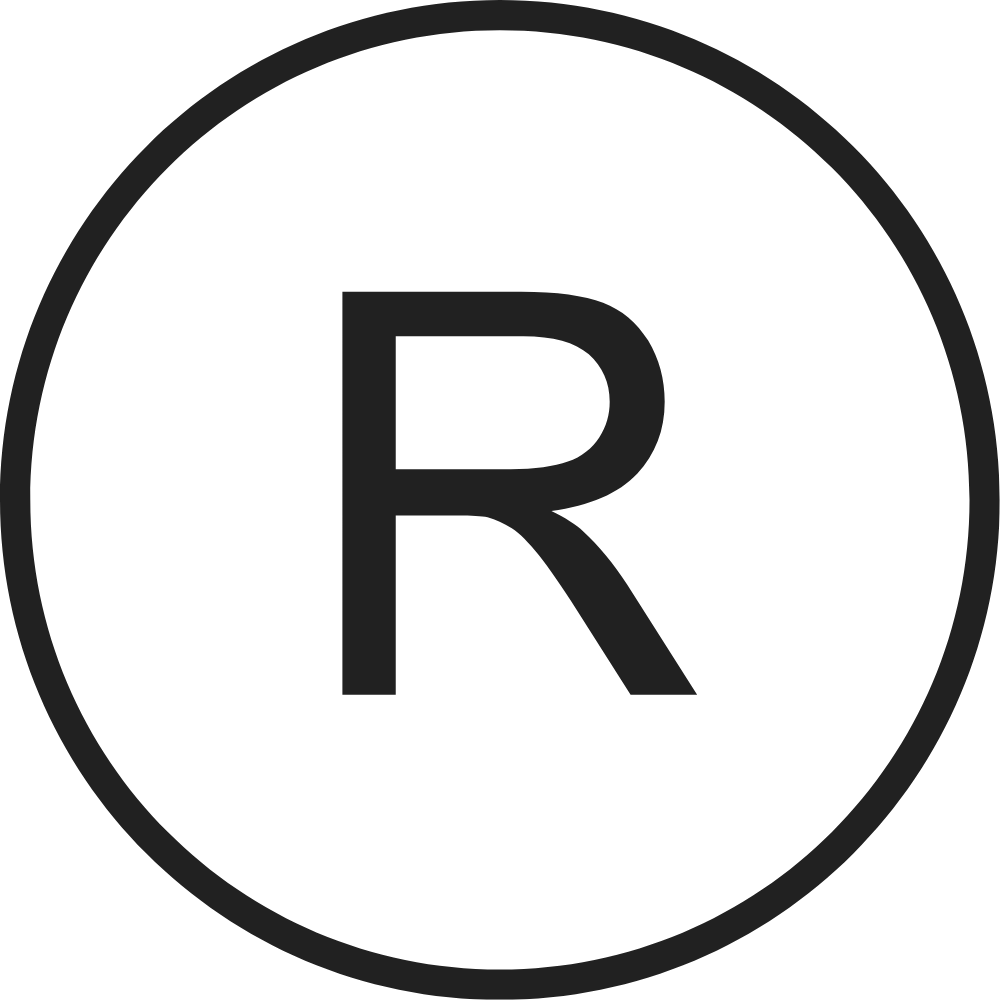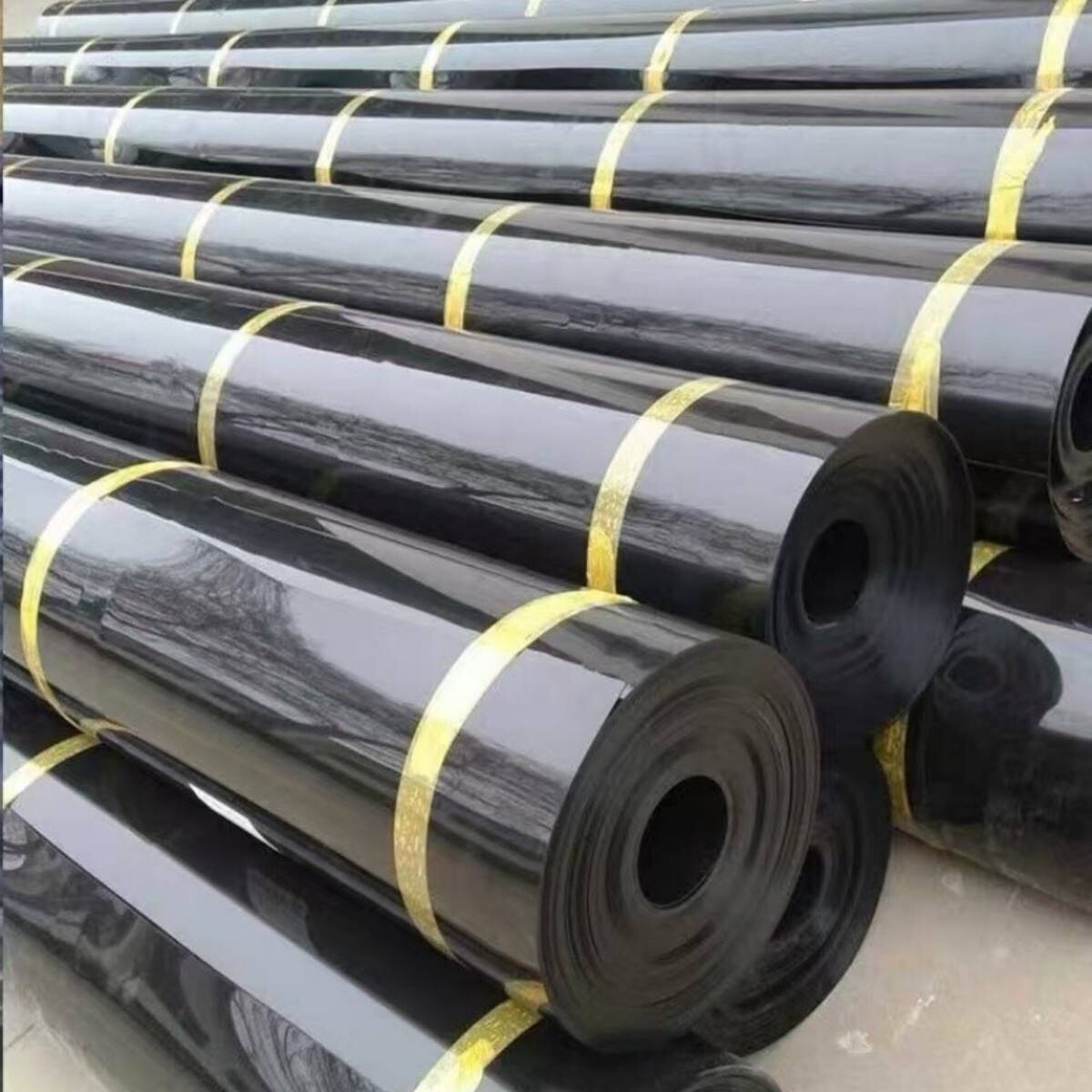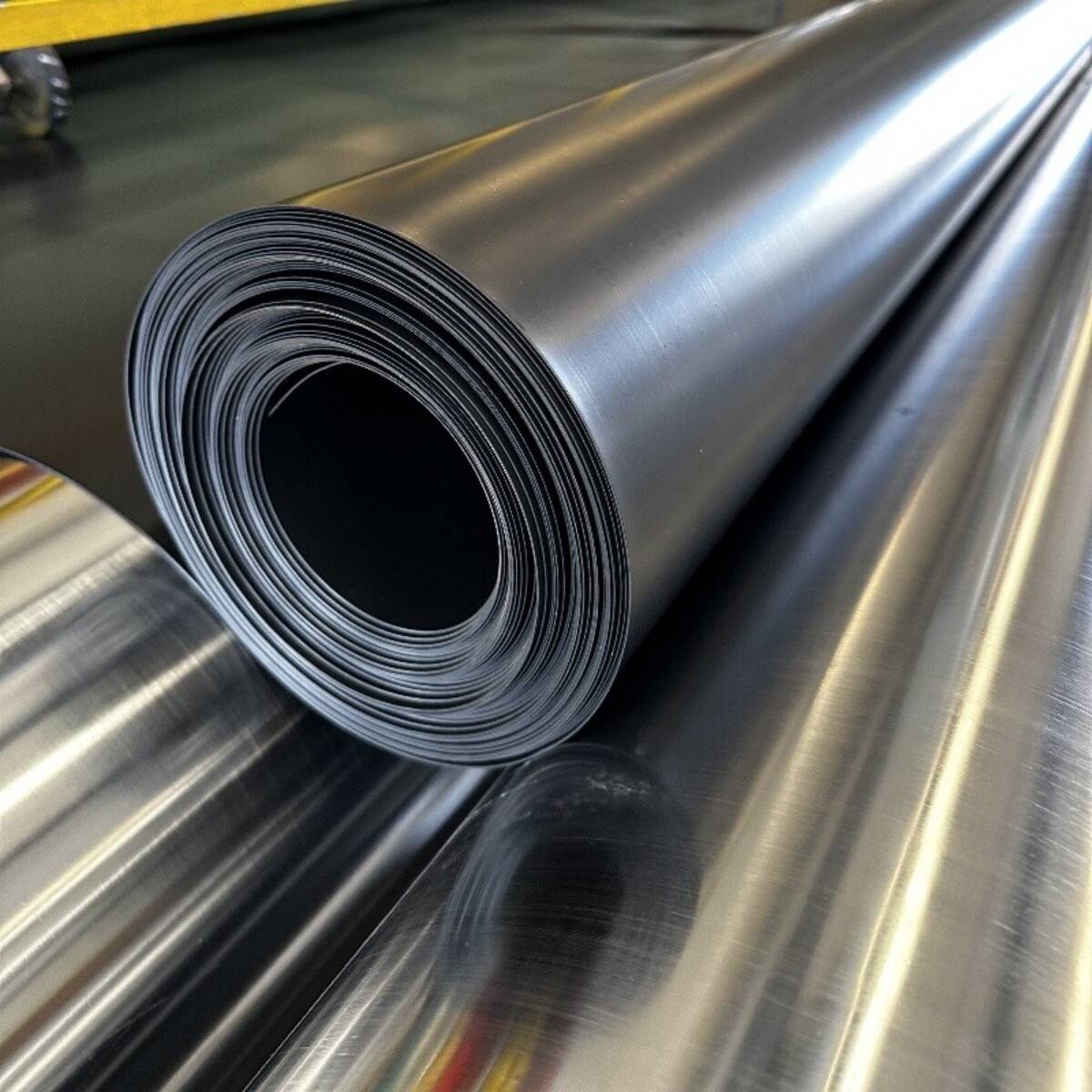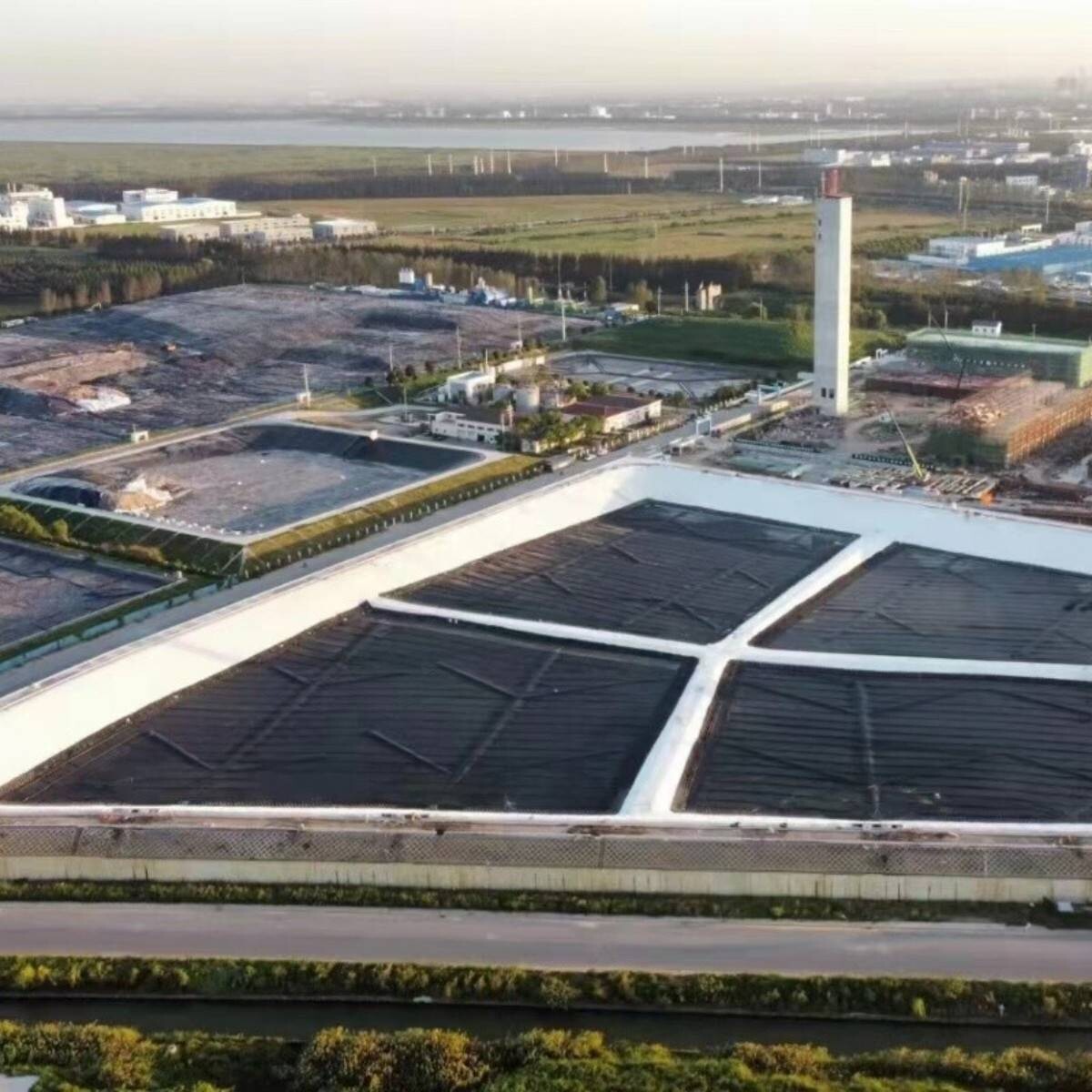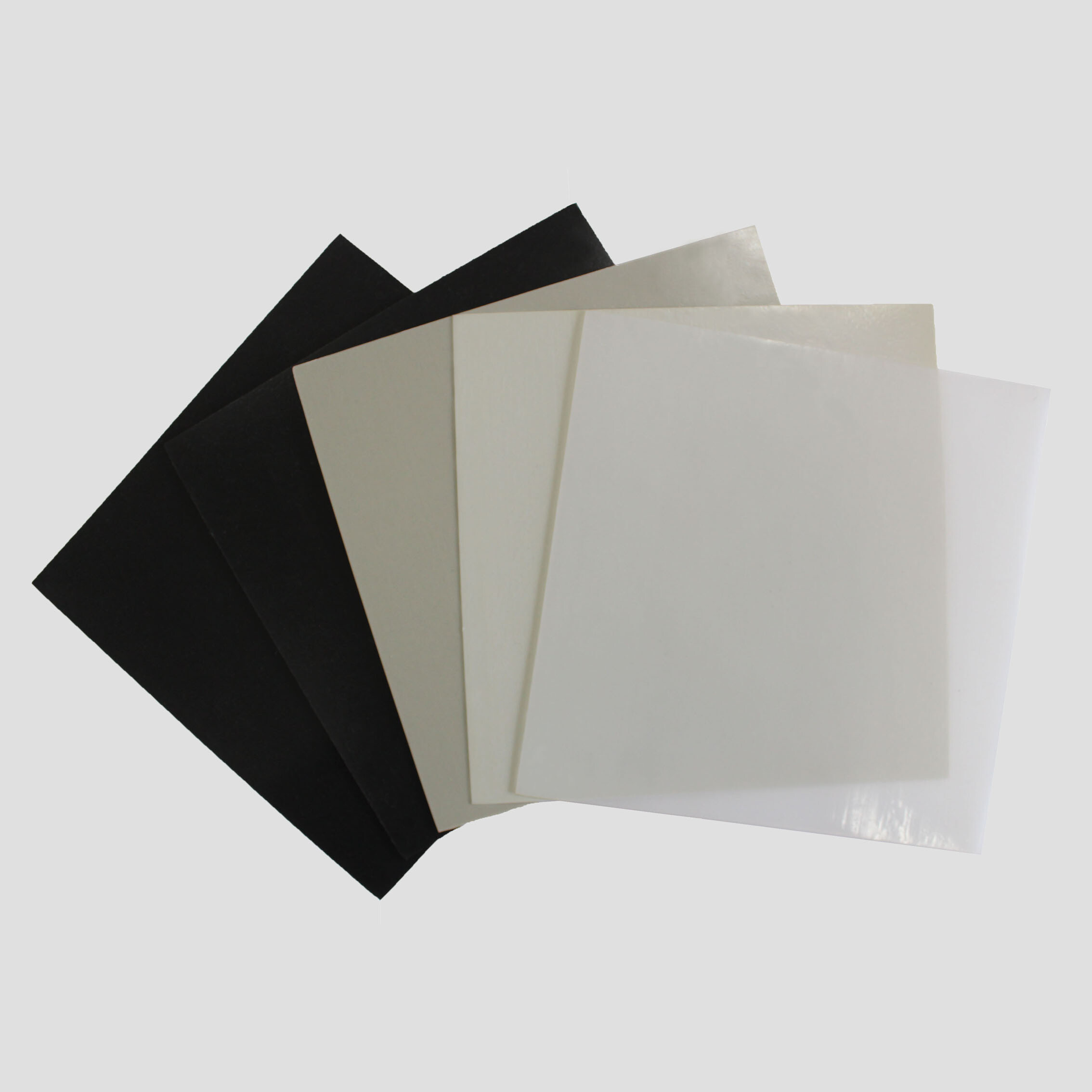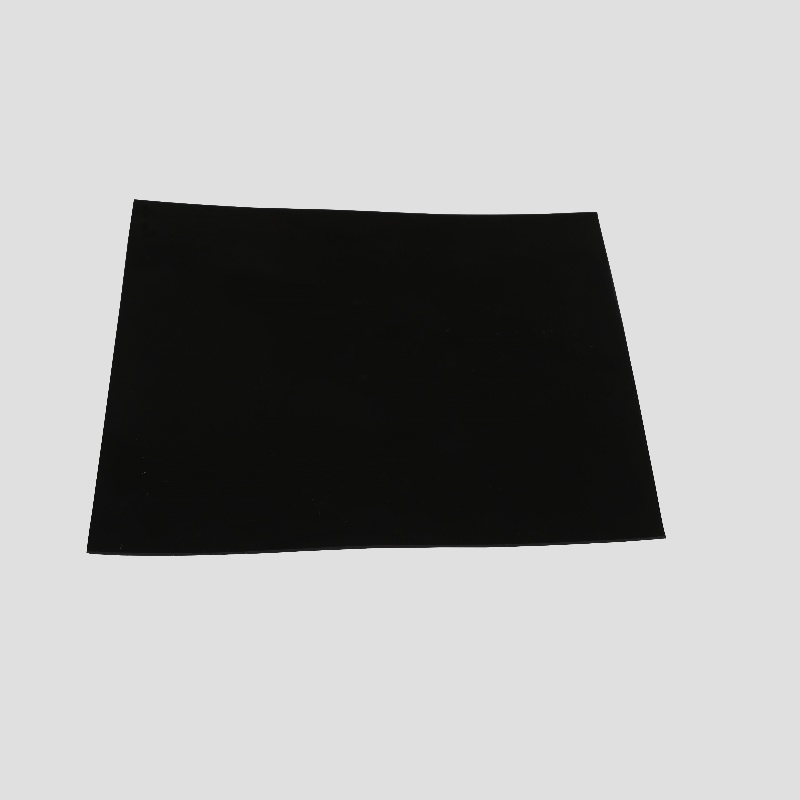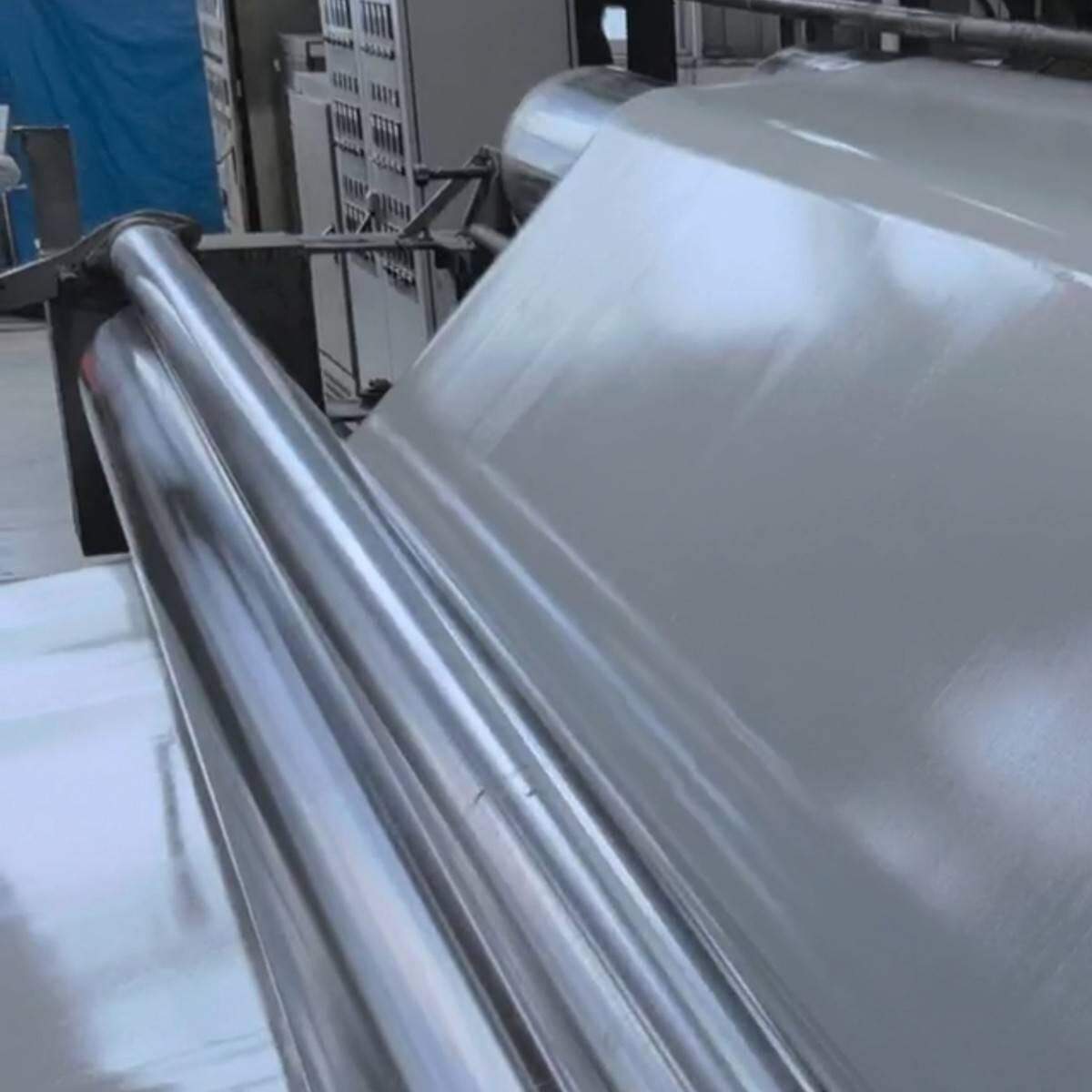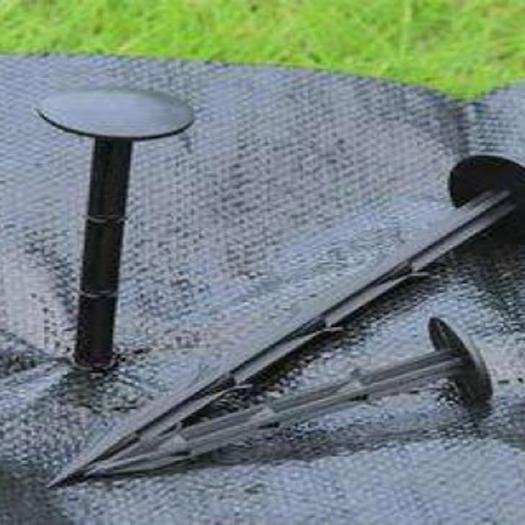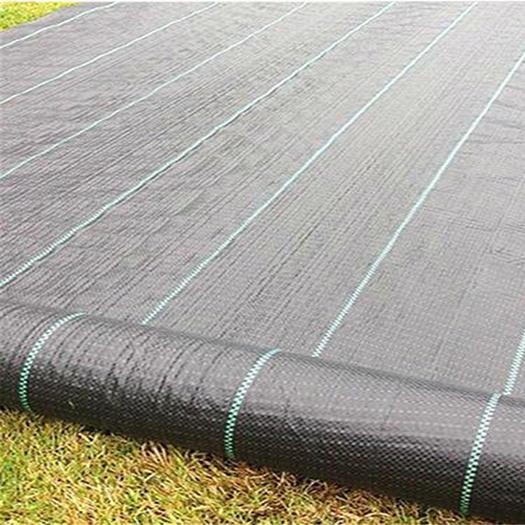Product Overview
HDPE Geomembrane is a high-performance synthetic membrane made from high-density polyethylene, primarily used in waterproofing, containment, and environmental protection applications. With its exceptional resistance to chemicals, UV radiation, and extreme temperatures, this geomembrane offers a long-lasting, cost-effective solution for a wide variety of projects. HDPE geomembranes are highly impermeable, making them ideal for applications where liquid or gas containment is critical. The material is widely used in landfill liners, ponds, reservoirs, and mining applications to prevent contamination of surrounding soil and groundwater. Its superior mechanical properties and ease of installation ensure it is a reliable and efficient choice for challenging environmental and engineering tasks.
Product Features
- High Chemical Resistance: HDPE geomembranes are highly resistant to a wide range of chemicals, including acids, bases, solvents, and petroleum-based products, making them ideal for use in aggressive environments.
- Low Permeability: The geomembrane has a low permeability rate, which effectively prevents the passage of liquids or gases through the material, ensuring superior containment and environmental protection.
- UV and Weather Resistance: HDPE geomembranes are stabilized with UV inhibitors, making them resistant to degradation from prolonged exposure to sunlight and environmental elements.
- Durability and Longevity: With a service life of up to 50 years, HDPE geomembranes offer excellent durability and long-term performance, reducing the need for frequent replacements or maintenance.
- High Tensile Strength: The material is designed to withstand significant mechanical stress, ensuring it maintains its structural integrity under heavy loads and environmental pressures.
- Environmental Protection: By providing a reliable barrier for the containment of liquids, HDPE geomembranes play a critical role in protecting surrounding ecosystems from contamination and pollution.
Product Specifications
- Material: High-density polyethylene (HDPE), known for its strong molecular structure and resistance to chemicals, UV, and weathering.
- Thickness: Available in a range of thicknesses, typically from 0.5 mm to 3.0 mm, depending on the application and the load-bearing requirements.
- Width: Standard roll widths typically range from 4 meters to 8 meters, with custom widths available upon request.
- Length: Rolls are generally available in lengths ranging from 50 meters to 100 meters, depending on the project specifications.
- Tensile Strength: Typically ranges from 15 to 35 MPa, providing excellent strength to withstand stresses during installation and operation.
- Elongation at Break: Usually between 10% and 15%, indicating its ability to stretch without breaking under stress.
- Permeability: Very low permeability (less than 1 x 10^-13 cm/s), ensuring effective containment and leak prevention.
- Color: Typically black, as it enhances UV resistance, although other colors may be available for specific applications.
Applications
- Landfills: Used as liners for waste containment and leachate collection systems, HDPE geomembranes prevent the migration of contaminants into surrounding soil and groundwater.
- Pond and Reservoir Liners: Ideal for lining ponds, reservoirs, and water storage tanks, providing a reliable barrier to prevent leakage and preserve water quality.
- Mining Operations: Used in heap leaching and tailings storage facilities to contain chemicals and prevent environmental contamination.
- Wastewater Treatment: Applied in wastewater treatment plants for the containment of sludge and to line settling ponds, providing safe and efficient disposal of waste materials.
- Agricultural Applications: Can be used for irrigation systems, agricultural ponds, and lining canals to prevent water loss and ensure efficient water use.
- Civil Engineering Projects: Ideal for road construction, tunnel lining, and dam building, where containment of liquids and protection from environmental contamination is essential.
- Aquaculture: Provides a containment solution for fish farming and other aquatic farming systems, helping to manage water quality and prevent contamination.
Construction Recommendations
Site Preparation: Ensure the installation site is smooth, free from sharp objects, and adequately compacted. Any debris, rocks, or foreign materials should be removed to prevent damage to the geomembrane during installation.
Installation Method: The HDPE Geomembrane should be unrolled carefully to avoid creases or damage. It should be installed with minimal tension to prevent stretching and should overlap adjacent sections by at least 300 mm to ensure a watertight seal.
Seam Welding: The seams of HDPE geomembranes are typically welded using extrusion or wedge welding methods. Properly welded seams are essential for creating a strong, leak-proof barrier. Test the seams for quality before full-scale installation.
Protection During Installation: During installation, avoid walking on the geomembrane with sharp objects or tools that may cause punctures. Protective measures, such as laying sand or geotextile fabric, should be used to prevent damage during installation.
Backfilling and Covering: After installation, cover the geomembrane with protective layers, such as soil or gravel, to prevent UV degradation and mechanical damage. The backfill should be compacted carefully to avoid damaging the geomembrane.
Quality Control and Monitoring: Regularly inspect the geomembrane after installation to ensure there are no wrinkles, tears, or punctures. Perform hydrostatic tests or vacuum tests to check for leaks. Periodic monitoring is necessary to maintain its integrity over time.
FAQ
- What can you buy from HONGYUE?
Geogrid, Geomembrane, Geocell, Geotextile and other geosynthetic materials.
- What you can expect from HONGYUE?
Competent and knowledgeable technical engineers .
Customized service according to engineering requirements .
Complete solutions for product design, delivery and installation in construction projects .
Offer various complementary product portfolio and contract project.
- How can HONGYUE guarantee quality?Always a pre-production sample before mass production;
Always final Inspection before shipment - What is your sample policy?
We can provide the sample free, you just pay for the transportation freight then you can get 3-5 days.
- What is the services can HONGYUE provide?Accepted Delivery Terms: FOB,CFR,CIF,EXW,DDP,Express Delivery,and so on ;
Accepted Payment Currency:USD,CNY;Euro;and so on ;
Accepted Payment Type: T/T,L/C,MoneyGram,Credit Card,PayPal,Western Union,Cash - Are you manufacturer or trading company ?
We are a professional manufacturer
- How about your delivery time?The specific delivery time depends on the items and the quantity of your order.
Inquiry about this product
Related Recommendations
If there is no accurate search result, please contact us and we will respond within 24 hours.



